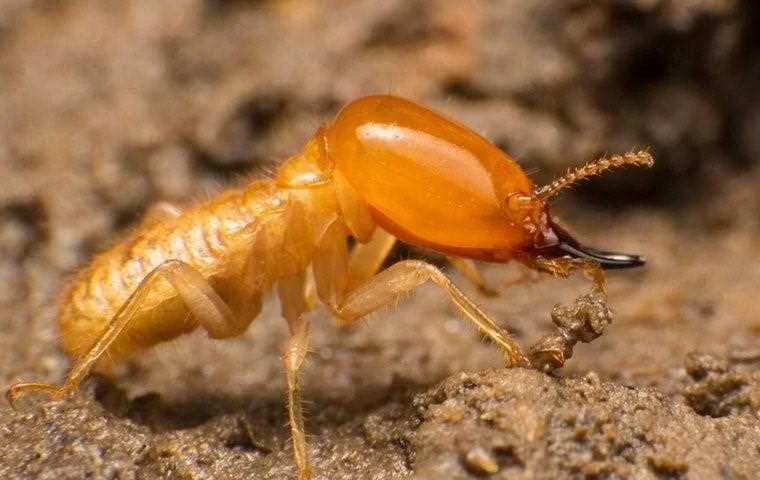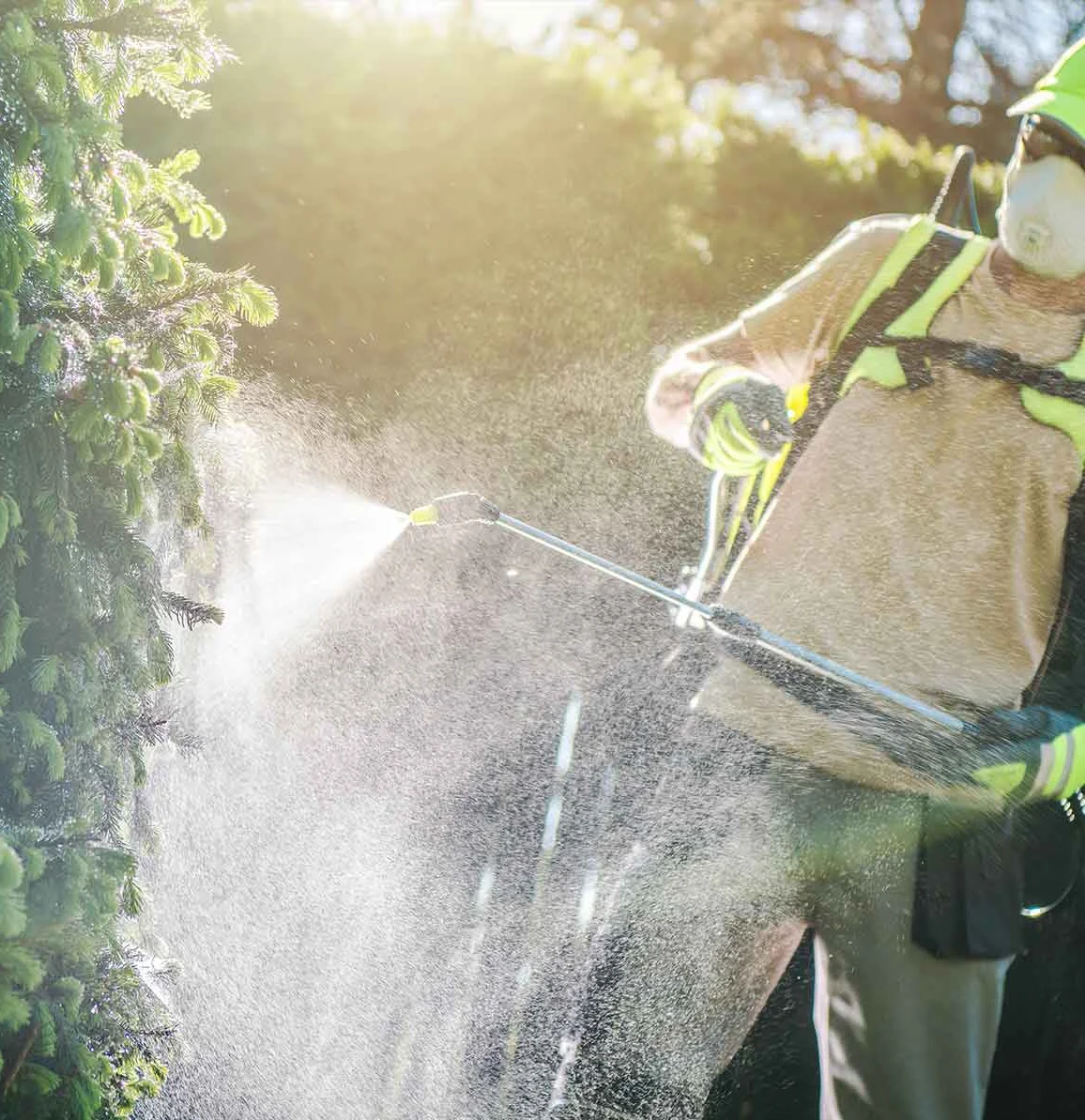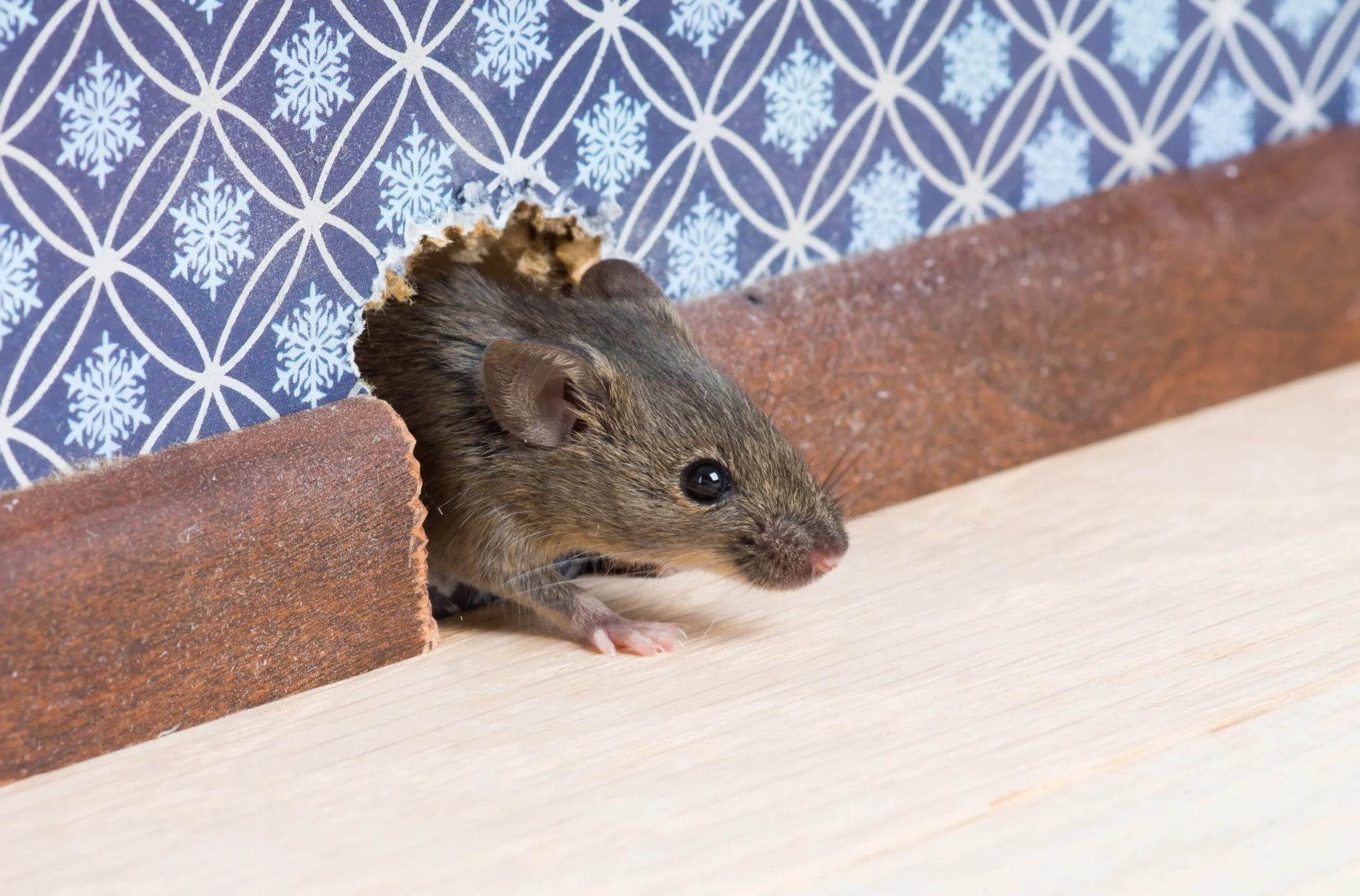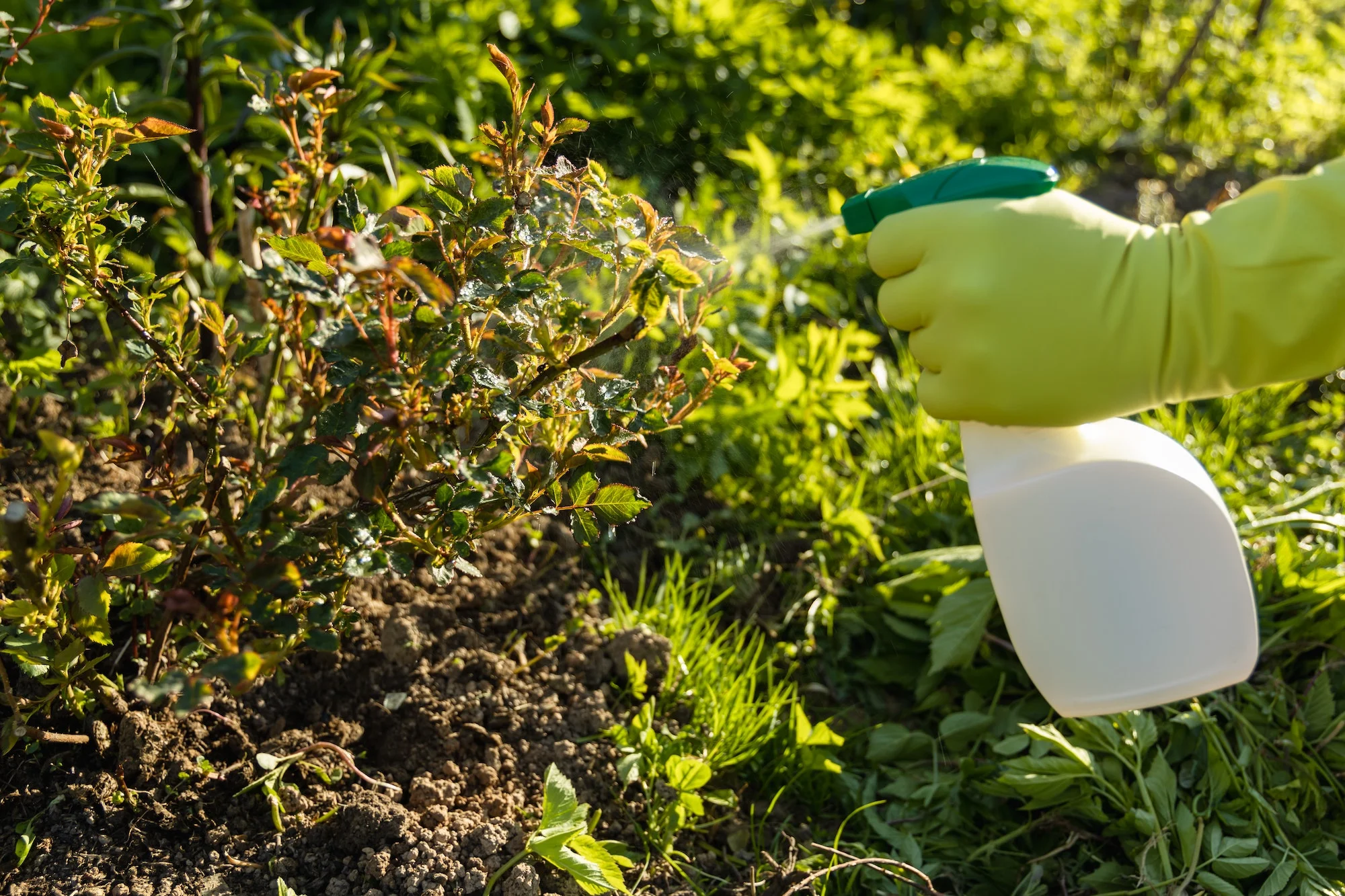New Hampshire faces significant carpenter ant pressure throughout the state, with these wood-damaging insects representing one of the most common structural pests in the region. The state's extensive forest coverage provides ideal natural habitat for these ants, which frequently establish satellite colonies within homes and businesses after wintering in outdoor parent colonies. Unlike termites, carpenter ants don't consume wood but excavate galleries within wooden structural elements to create nesting chambers, potentially compromising integrity over time. These persistent pests commonly enter structures through tree branches contacting rooflines, along utility lines, through firewood brought indoors, and via foundation contact with soil or vegetation.
Effective carpenter ant management in New Hampshire requires a comprehensive approach identifying and treating both indoor satellite colonies and outdoor parent colonies when accessible. Professional services combine thorough inspection of vulnerable areas, treatment of active galleries and travel routes, identification and correction of moisture issues contributing to infestations, and landscape modifications reducing conducive conditions around structures. For woodland properties, particular attention to tree proximity, woodpile placement, and structural contacts with vegetation provides critical preventative protection against these wood-damaging pests. Many New Hampshire properties benefit from annual preventative treatments, particularly those in heavily wooded areas where carpenter ant pressure remains substantial throughout the warm season.










